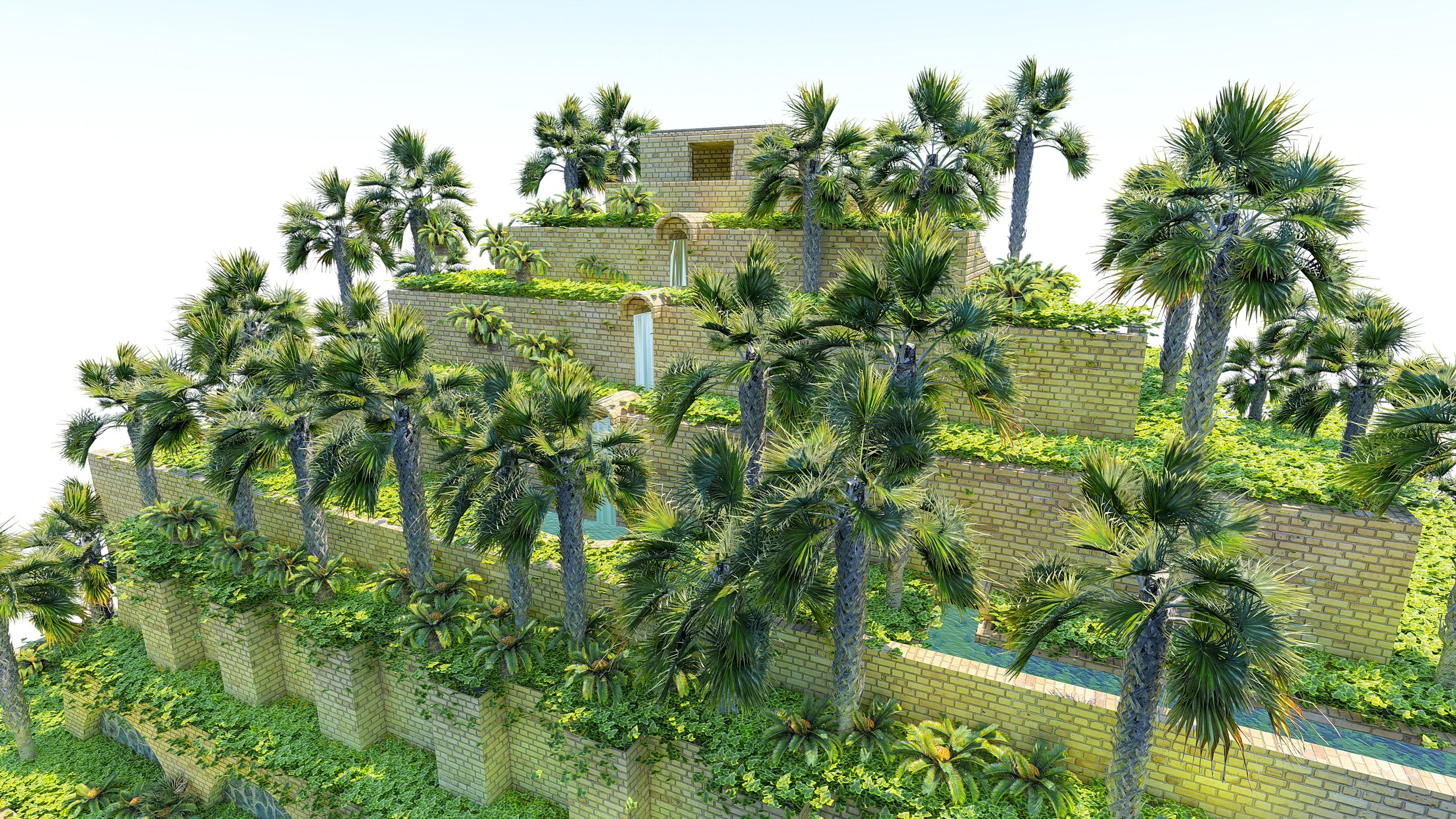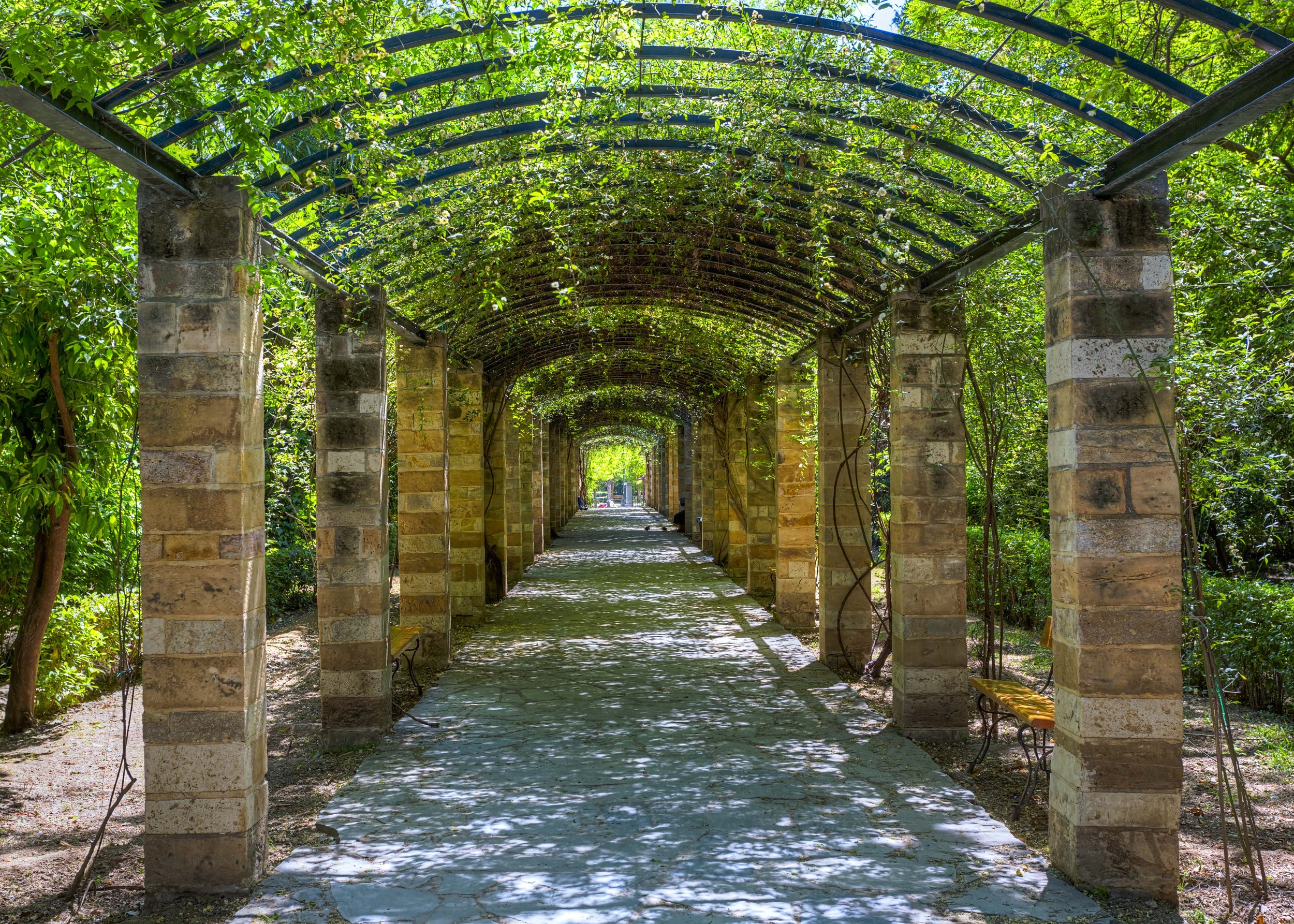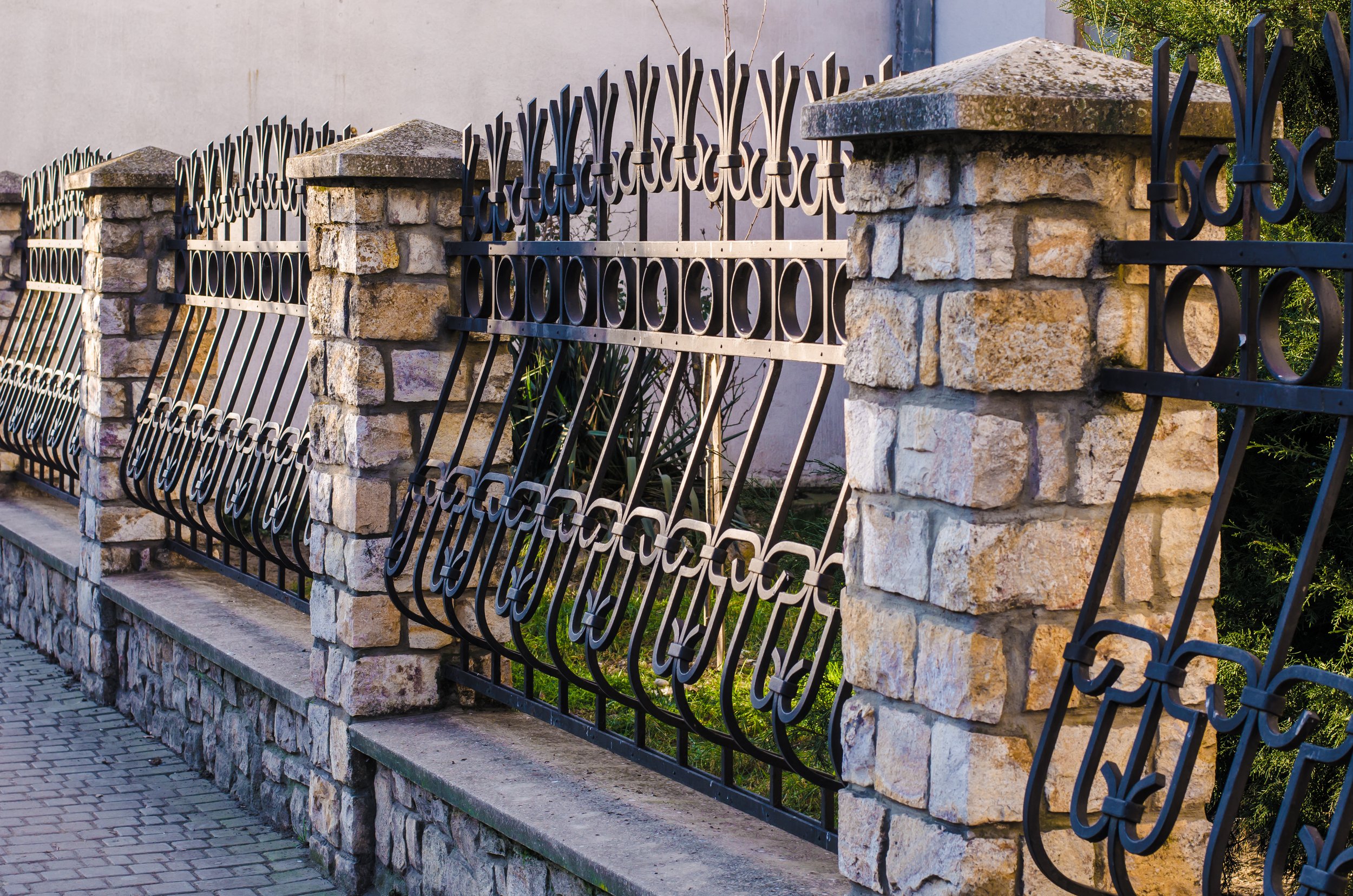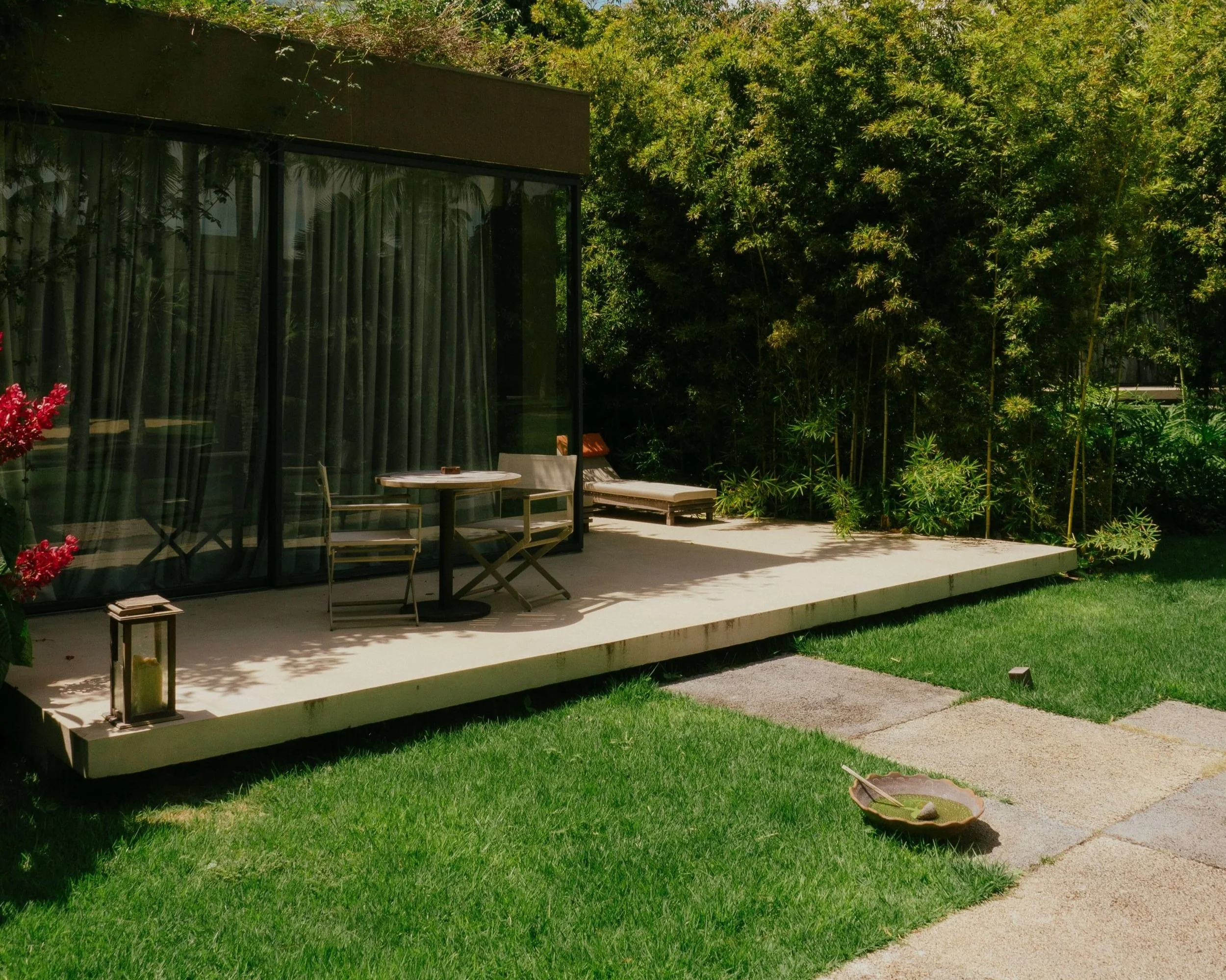6 Modern DIY Landscaping Solutions
“A garden is a grand teacher. It teaches patience and careful watchfulness; it teaches industry and thrift; above all, it teaches entire trust.“
These words by the renowned garden designer and artisan Gertrude Jekyll speak volumes about the importance of our gardens.
Horticulture, as the science of growing, sustaining cultivated ornamental plants, is an extremely gratifying way of learning new and practical skills and gaining confidence in our abilities to transform our surroundings.
Landscaping Traditions
Transforming the flora, landforms, terrains, and bodies of water, is a form of art, practiced by generations and idolized by ancient civilizations like the Mesopotamians.
Landscaping is a door to the past and our civilization’s traditions. It’s such an inseparable part of our culture that even one of the old 7 Wonders of the World is dedicated to our love for gardening - the Hanging Gardens of Babylon.
image © Shutterstock
Landscape art is a wonderful way to express our creativity and show off personal design preferences worth the admiration of any passerby. What is even better is you don’t need to break the bank to turn your own garden into a green paradise.
DIY or do-it-yourself projects are fun, budget-friendly, and creativity-boosting solutions for any landscaping enthusiast!
Here’s how to start transforming your garden into a mesmerizing landscaping dream.
Where to Start with Your DIY Landscaping Project?
Every home design project, renovation or build, should start with planning. DIY projects make no difference.
A good start will be to draw a plan for your yard. Stick to the basics; you don’t need to go into the smallest details. But make sure to include the things that will remain in the garden, like the trees, for example.
List all the things you want your landscaping project to include.
Emphasize the key features of your existing landscape. Is the space level? Are there any special natural features you have to consider - like hills?
Then move to setting your goals. What will be the main objective of this project? Do you want a place for dinner parties with friends? Need an area for kids and pets to play? Is this going to be a food garden or simply a tranquil spot to read a book on a sunny summer day?
Map out the sections of your garden based on your goals, and think of where every piece of decor, plant, fence or other structure will go. Play around with the positioning of things. You might find that your initial placement ideas were not the best, so make sure you’ve experimented before committing to a design plan.
At this stage, you don’t need more than a piece of paper and a pen. If you’re not sure what you want to put in your garden, then these modern landscape solutions might help you figure out what your DIY project needs to shine.
6 Modern DIY Landscaping Solutions
When you’re tackling such a serious project as landscaping your outdoor space, you should be prepared to put considerable effort and time into making things not only beautiful but functional and harmonious.
With all that out of the way, here are a few landscaping ideas that will help you improve your project vision and implementation. All are relatively easy to do with no need for expensive machinery and tools.
1. Stepping-Stone Pathway To Capture Attention
image © Shutterstock
The entryway to your home should be a priority in your landscaping project.
Choosing the right style, material, and shape that blends into the aesthetics of your house is essential to maintaining a balanced and cohesive feel to both the exterior and interior of your home.
Solid concrete, or pavers, are more formal and offer defined direction. Crushed gravel brings softness to your pathway. Stepping stones are best for giving a natural feel to the land.
One of the easiest and fastest DIY entryway projects is the stepping stone pathway. To recreate this fairytale-like path, you just need a few flat stones of about 18 in. across and 2 in, thick, sand, and a shovel. Additionally, you can purchase gravel, or soil to spread in between your stone steps.
Carefully remove the soil beneath the place where each stone will be placed, and spread ½ to 1 in. thick layer of sand, to make the leveling easier.
When you start arranging your stones, begin from the center of the path and space each stone so that every piece is at about 20-24 inches distance from the next.
Each stone should be about 1 in above the soil level. Spread your gravel or soil in between the stones and that’s it!
Your easy DIY entryway is done!
2. Flowers, Plant Beds, & Living Walls to Bring Nature Close
image © Shutterstock
What’s next on the list of the perfect landscaping design?
Plants and flowers, lots of plants and flowers!
Beds of flowers with clean lines can be used to establish separate points of interest. On the other hand, curved flower beds, and paths look more natural and flow seamlessly into the landscape.
When you’re DIY-ing your pant beds remember to pick just a few colors that work together. Mix up texture and size and create a feeling of abundance. Plant them around your pathway to further emphasize your entryway.
Layer the heights in your beds- tallest in the back, smallest upfront. Keep in mind how tall your plants will get and plant them far enough from your windows so they don’t block the sunlight.
When you choose your plants have in mind that perennials grow back every season, while annuals will need to be planted each year.
If privacy is a priority for you, consider planting hedges as a fence.
Living wall panels are also an amazing way to bring nature into your home. These, however, require a bit more skill to create, so if you’re just starting out in the DIY world, it’s best to turn to landscape professionals.
3. Landscape Lighting to Illuminate the Garden
image © Shutterstock
Garden lighting has multiple purposes. It can be used to illuminate pathways, decks, and porches. It makes navigating through your garden in the evening easier and deters potential intruders.
The soft, ambient glow enhances the beauty of your garden and extends the time spent outdoors. Uplights or spotlights for trees, floodlights for beds, and path lights are ideal to illuminate different points of interest in your landscaping design and help you enjoy your garden even late at night.
On top, the perfect lighting installation doesn’t have to break the bank. You can DIY it in no time!
String fairy lights, or other battery-powered lights above or around your outdoor dining table, for example, create a cozy atmosphere for dinners with family and friends. Candle lanterns are also a great option for an ambient, warm atmosphere.
image © Shutterstock
Around garden pathways and the edges of your garden, you can place solar-charged light fixtures. They will light even the darkest corners of your garden and help people find their way to your front door. These two options are perfect for places in your garden where a power source is not available or safe to use.
4. Pergolas for Relaxing Shade
image © Shutterstock
Pergolas are striking additions to any landscaping design. Forming a shaded passageway, they can provide shelter from sun, rain, and wind. They’re ideal for extending your living space and adding a beautiful structural piece to your home’s landscape.
Consisting of rafters, beams, and posts, and usually made from wood or metal, pergolas are easily attached to your house or installed separately in a more secluded area of your yard.
Plus, they can be used to support the growth of climbing plants like vines which will add to the aesthetic appeal of your landscape and provide privacy.
Pergolas are not the easiest DIY project to start, and it might be better if you use the services of professionals. If, however, you have experience with woodworking or metal welding, this could be a project that gives you the gratifying experience of creating a useful addition to your garden.
A basic pergola structure will require a bit of digging, wooden poles, planks, gravel, concrete, nails, bolts, a shovel, and instruments like clamps, a wrench, a screwdriver, and an angular grinder with grinding wheels for wooden tools.
There are plenty of DIY pergola project videos available on YouTube that will help you when tackling this project and give you easy-to-follow steps for every phase of the pergola building.
Since this is a project that involves a great deal of physical effort and using cutting tools, you should proceed with caution or stop if you don’t feel comfortable performing a certain work while building your pergola. Doing it yourself is fun, but safety should always come first.
5. Fences for Privacy and Protection
image © Shutterstock
Fences are practical structures that not only provide security around your property but serve as a privacy shield that helps you enjoy get-togethers with family and friends at peace.
Fencing is available in a variety of styles and materials. They can be made of wood, metal, and greenery like trees and tall hedges, or a mixture of all. If you’re looking to add a more natural feature to your landscaping design, go for evergreen hedges and wood. If you’re looking for a touch of sophistication and flair, custom-made wrought iron gates that fit your overall home design will be perfect for you.
While wood and hedge fences are easy DIY projects to delve into, metal fences might not be something you can do yourself, so we’d advise you to seek ironwork professionals.
6. Water Features for Tranquility and Relaxation
image © Shutterstock
A great way to create a feeling of serenity and calm in your garden is to use a water feature.
A small pond or fountain brings you closer to nature. The pond can even serve a double purpose of watering plants or nurturing life-you can use it to grow fish, for example.
A fountain will balance your outdoor space, creating an organic feel and relaxing sounds that help mask external noise. If you have a small garden, go for a tabletop fountain, a pot fountain, or a small DIY sculpture fountain. These will add a spectacular focal point and nicely fit into your garden without cramping up the space.
For the easiest DIY fountain projects, you will need nothing more than a pot, pebbles, a fountain water pump, and remote control. The more complex fountain project, however, will involve materials, like cement, wood, and tools like a drill, jigsaw, and level.
Wrapping Up
image © Shutterstock
Landscaping, with its long tradition in different cultures, represents an important aspect of our civilization- it represents our longing to reconnect with nature and cultivate tranquility closer to where we live.
Gardening is an art form that helps us rebuild our relationship with the surrounding world and recharge in the calming atmosphere of our own backyards. It’s also a great hobby to develop practical and useful skills.
DIY projects in your garden will give you joy and pleasure in investing your time into something you can look at and say: “I made this”.
So why not give these 6 modern landscaping solutions a try- you might find yourself proud of what you’re able to create with your own hands.
cover image © Shutterstock















